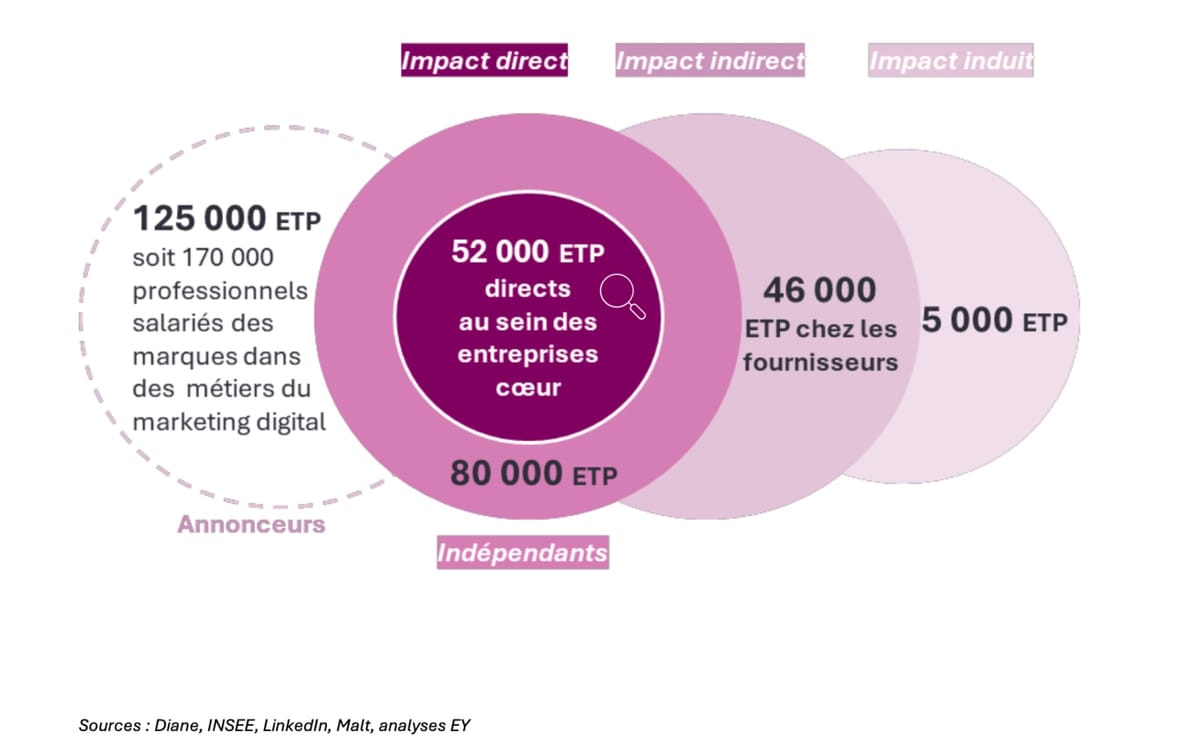The Importance of Media Planning in Marketing
In the constantly evolving world of marketing, one element remains a constant necessity – media planning. As marketers juggle various campaign efforts across different media platforms and assets, the importance of a comprehensive media planning strategy cannot be overstated. It can be a complex task to track each tactic’s success and its overall impact on the business, but with an effective media planning strategy, teams can accurately monitor campaign success and make informed decisions about optimizing future performance.
What is Media Planning?
Media planning is a strategic process where marketers determine the how, when, and where of delivering an advertising message to the targeted audience. Media planners scrutinize the audiences, channels, and advertisements to figure out the most efficient way to convey a message. In the bustling landscape of modern marketing, media planning is crucial. Marketers need to deliver the right message, at the right time, on the right channel to see engagements. Media planning is where they determine what these “rights” are.
Types of Media Planning
When creating a media strategy for your brand, a crucial decision involves choosing the types of media (traditional or digital) that will be cost-effective and drive sales. There are three main types of media considered while building a media plan: Paid Media, Owned Media, and Earned Media.
Benefits of Media Planning
The modern marketing landscape often requires marketers to leverage multiple forms of media. A data-driven media plan offers marketers centralized information across all platforms, helping in campaign optimization and streamlining the campaign review process. Key benefits of media planning include establishing processes for improved efficiency, tracking budgets accurately, enabling audience segmentation & analysis, facilitating optimization & testing, and improving ROI.
Objectives of Media Planning
The objectives of media planning should generally align with business goals such as long-term growth and improving ROI. Media planners aim to identify the combination of ads that will achieve a specific result. They often utilize a wide range of tactics to increase brand awareness, generate leads, or drive conversions to help their organizations accomplish these goals.
Understanding the Difference between Media Planning and Media Buying
Although often confused, media planning and media buying are not the same. Media planning sets you up to buy, while media buying is the process of purchasing ad space across various channels and platforms in coordination with the agreed-upon media plans and monitoring campaigns as they run. Media buying often leverages strategies like manual bidding, direct buys, programmatic buys, and real-time bidding.
Steps to Writing a Media Plan
Creating a media plan is a detailed process that requires considering the needs of target consumers as well as the business goals. Essential steps in creating a media plan include determining media goals and objectives, identifying the target audience, considering frequency & reach, and analyzing and optimizing campaign performance.
Selecting the Right Media Channels
There are a variety of online and offline channels for marketers to choose from, including offline media like magazines, newspapers, radio, TV & cable, and out of home; and online media like digital publications, PPC, social media, and programmatic advertising. The right mix of channels will drive success in your media planning strategy.
Tips for Building a Media Planning Strategy
As marketers begin to strategize new media plans, keep these ideas in mind: focus on reach, establish clear goals, encourage engagement, and use the right attribution models.
Media Planning and Marketing
Since the advent of the pandemic, more customers have started shopping online, making it crucial to have an effective media strategy that separates your budget appropriately between print, digital, video, and broadcast ads. Knowing the costs and importance of using each form of advertising helps your company delegate the correct amount of resources to each campaign to increase website traffic and brand awareness.
Getting Started with Media Planning
With a comprehensive media planning strategy, organizations can make more data-driven decisions about how to improve marketing ROI and drive conversions. Many teams are leveraging tools like Marketing Evolution’s Scenario Planner, which allows organizations to strategically build out their annual media strategy and plan, and even run “what if” scenarios that allow them to modify key campaign factors without impacting active initiatives.





Leave a Reply